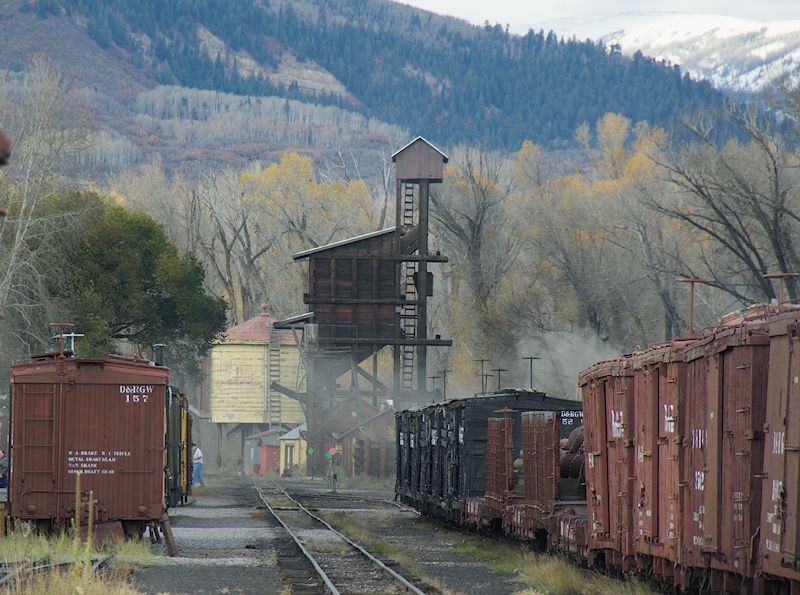I always thought the compression was as follows. Wide angle shot from close distance:
Same scene from a longer distance:
So the 'compression' goes along the line of view. The objects appear closer to each other, and the ratio of angular sizes of objects gets closer to the ratio of their actual sizes. I don't see how it depends on the distance at which the photograph is viewed.







